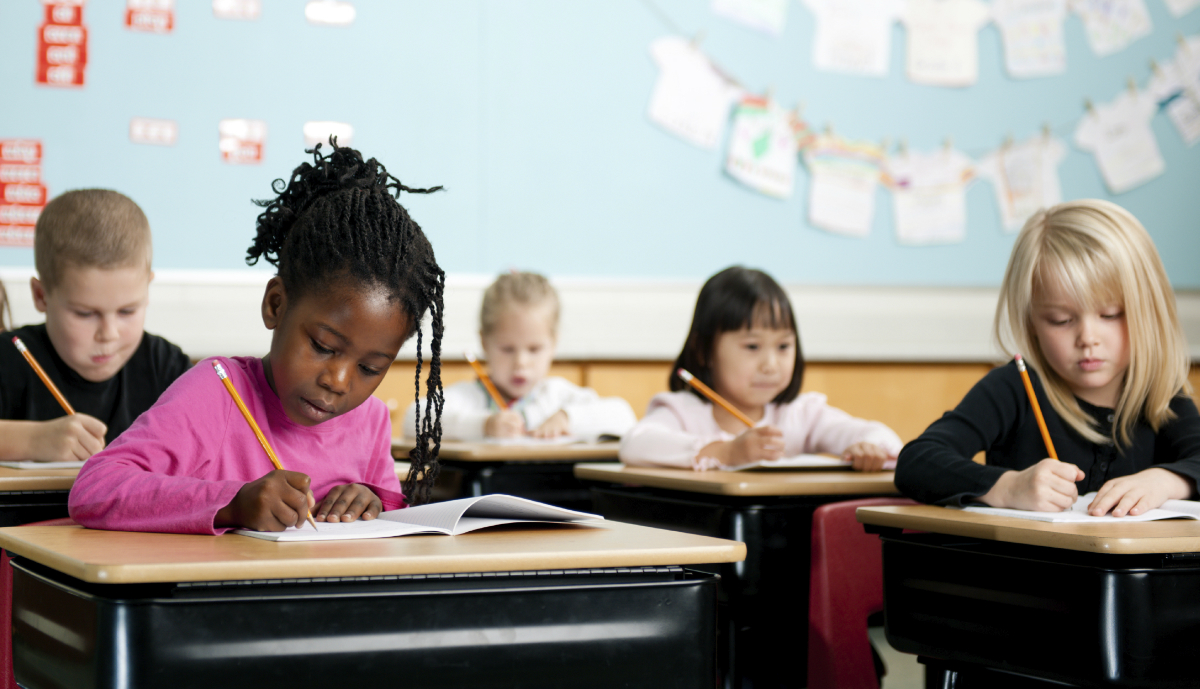Over the past five decades, Black, Hispanic and Asian students showed greater improvement than their white classmates in math and reading test results in more than 7 million tests completed by U.S. students, according to researchers from the Program on Education Policy and Governance at Harvard University.
A Half Century of Student Progress Nationwide includes analysis of 160 math and reading tests administered to nationally representative samples of U.S. students consistently from 1971 to 2017, the last year for which detailed information is currently available. These include the National Assessment of Educational Progress and Long-Term Trend Assessment, as well as the Program for International Student Assessment and Progress in International Reading Literacy Study.
Overall, math scores grew by 95 percent of a standard deviation — nearly four years’ worth of learning — while reading scores have grown by 20 percent of a standard deviation per decade during that time — nearly one year’s worth of learning.
Although achievement gaps remain, test scores among racial/ethnic minority youth have been steadily increasing at a higher rate. For example, reading scores for white elementary school students have grown by 9 percent of a standard deviation each decade, compared to 28 percent for Asian students, 19 percent for Black students and 13 percent for Hispanic students. Low-income youth were also found to be progressing in elementary and middle school, where they gained more than a year’s worth of learning in math and three years in reading.
“As of 2017, steady growth was evident in reading and especially in math,” researchers wrote in a companion piece to the study. “While the seismic disruptions to young people’s development and education due to the COVID-19 pandemic have placed schools and communities in distress, the successes of the past may give educators confidence that today’s challenges can be overcome.”
COVID-19 and cautious optimism
Despite their progress, low-income students experienced a widening achievement gap when compared to high-income students. Additionally, while the testing gaps between Black and white and Hispanic and white youth are narrowing, it’s at a slower pace than that among Asian students, who made the most significant improvement — gaining nearly two more years of growth in math and three more years in reading than white students.
Researchers also noted that while the time period analyzed predates the pandemic, which likely impacted some of these improvements, children educated during other eras in which national strife and other events impacted schooling faced setbacks as well.
“Recently, school closings in response to the COVID-19 pandemic seem to have had a negative impact on learning for an entire generation of students and exacerbated achievement gaps. This recalls similar educational setbacks from school closures during wars and strikes, reduced instructional time due to budget cuts (see “The Shrinking School Week,” research, Summer 2021), and broad absenteeism during weather events (see “In Defense of Snow Days,” research, Summer 2015),” they wrote. “Indeed, [Jakob] Pietschnig and [Martin] Voracek detect a slowdown in intellectual growth during World War II, a likely byproduct of both school closures and worldwide disruptions of economic and social progress. But on the whole, families and schools both appear to have played a key role in reducing achievement gaps by race, ethnicity, and socioeconomic status over time.”
Students have continued to see benefits correlated to increasing parental educational attainment and family incomes, as well as broad school reforms including desegregation, accountability measures, more equitable financing, improved services for English learners and more. Moving forward, researchers concluded that policymakers may want to consider furthering whole-child supports.
It is reasonable to infer from the findings “that policies benefiting children from the very beginning of life could have as much impact on academic achievement, especially in math, as focused interventions attempted when students are older,” researchers wrote.





